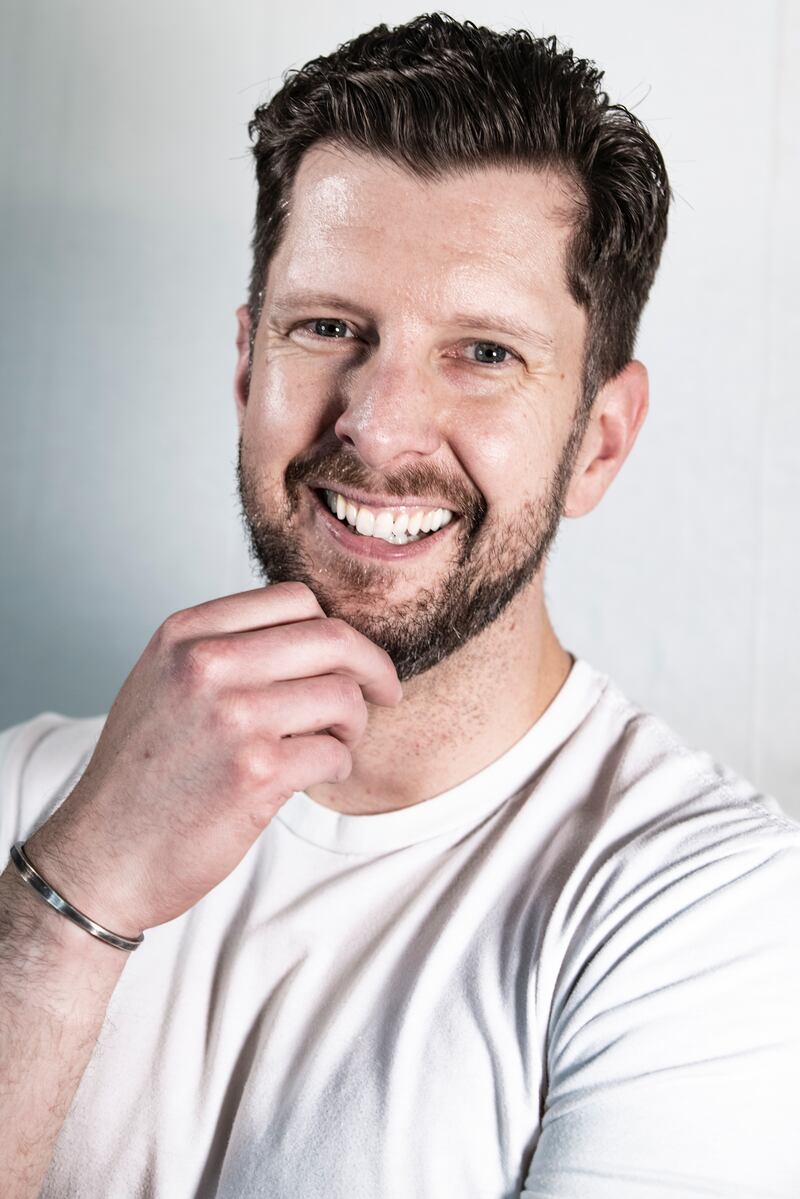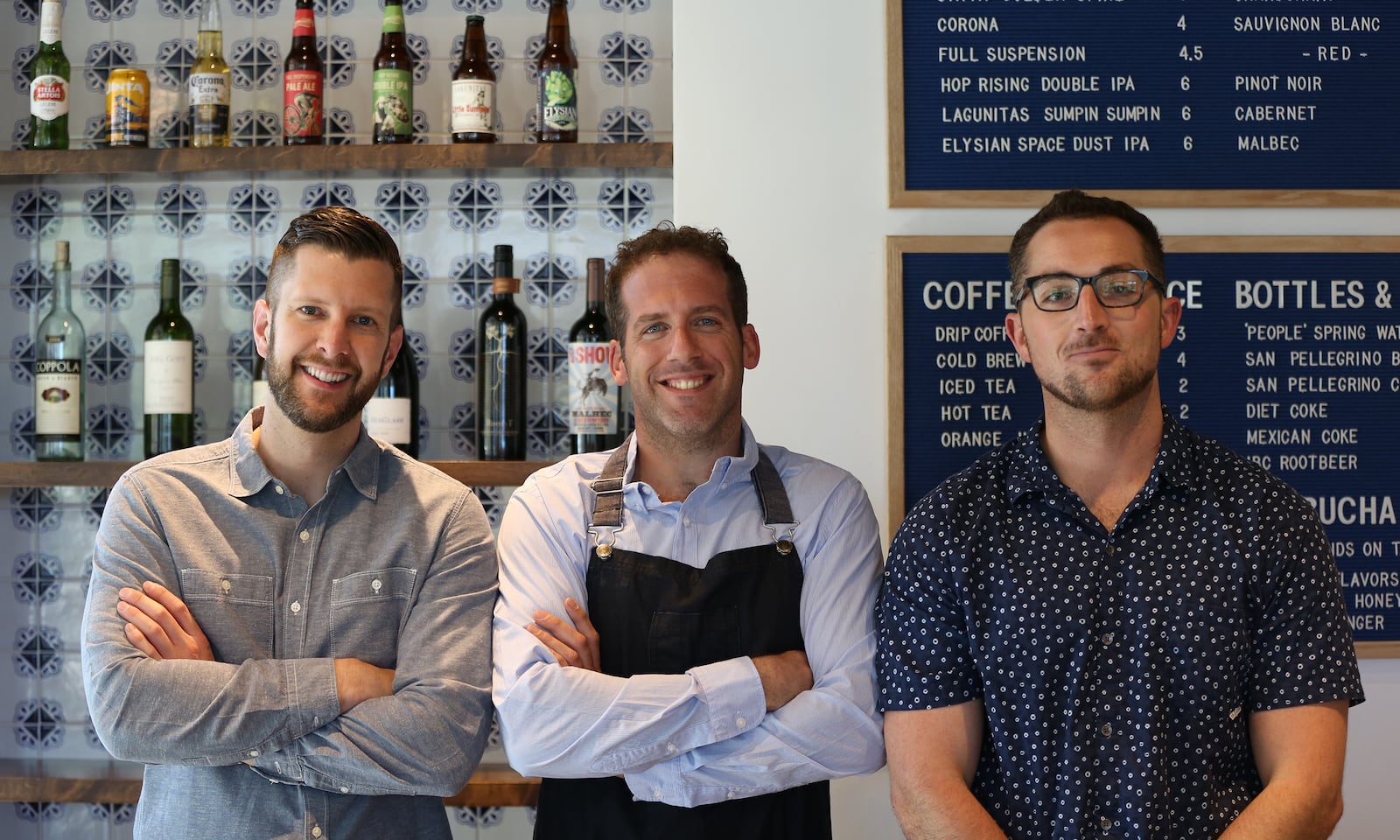Vessel Kitchen started in early 2016 with a casual introduction between Nick Gradinger and myself by our mutual buddy. Nick had been kicking around an idea for a fast-casual restaurant that featured fresh, from-scratch meals for years but had never had the opportunity to start.
We sat over increasingly cold and neglected coffee for hours, discussing the current options in Park City, Utah, and what we’d do differently. While options in our little wintery resort town were great for full service, we saw an opportunity to provide more of an everyday option for locals rather than the pricey choices we’d all grown used to.
Our goal was not simple. We wanted — and still want — to do it all. We hoped to combine the quality, flavor and attention to ingredients of a sit-down restaurant with the speed, value and price more common in quick-serve. This concept had been successful in other markets, but we didn’t see anything like it in Park City. We knew it was a niche we could fill.
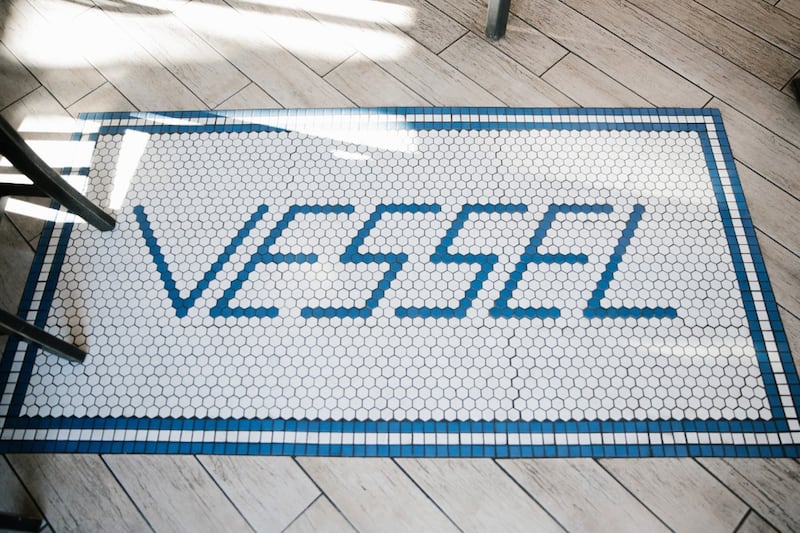
Nick and I imagined a place that reflected how we ate day-to-day (or aspired to): varied, delicious and fresh. Sharing common backgrounds in hospitality, we knew this would be a tough mountain to climb. We wanted to pull inspiration from modular coastal concepts combined with the scratch-made techniques we’d come to love from the higher-end restaurants we’d been a part of.
From the jump, the project was a whirlwind. We met in January, had funding from a handful of gracious Park City families by March, and had a space dropped into our laps in April. The process felt less like a carefully planned idea coming to life and more like a conveyor belt of events we were constantly reacting to. It could have easily fallen apart, but thanks mostly to Nick’s audaciousness and our investors’ trust, we somehow threaded the needles to wake up with a space and the money to build out a dream.
From scratch
Roe’e Levy became our third co-founder. We immediately connected with his philosophy on food and appreciated not only his understanding of Mediterranean flavors but also his desire to continue learning and experimenting with the diverse ingredients we wanted to incorporate.
At this point, we came to the comically naive realization that we had no idea how we wanted this restaurant to operate. We knew we wanted delicious, fresh food that guests could see as they ordered. We knew where we wanted our prices to land. We vaguely and generally knew how we wanted the menu structured. We also knew that we didn’t have the first clue how to synthesize all of this into a cohesive ordering process and operation.
Fortunately, we did know how to work through these unknowns: by locking ourselves in a room with gallons of coffee to discuss, deliberate, debate, defend — and, at times, diagram — how to best function. We went through this process with every imaginable topic, whether it was the flavor profile of sauces, the menu structure, what our takeout boxes would look like, what kinds of composed sides and proteins we hoped to use, and so on. We desperately wanted to find the perfect way to do everything. We discovered the secret weapon of our trio’s dynamic, which is that we can dissect every granular detail and beat it to death, only to revive it and beat it to death all over again. We didn’t get it all right, and still don’t, but we can explain the 38 ways we approached every topic and why we landed on the method we did.
In short, we were thorough. Poor Roe’e made dish after dish, version after version, and test after test. By pushing one another and refusing to be satisfied with “good enough,” we produced the best quality dishes we knew how and stretched our dollars as far as they would go.
On Aug. 17th, 2016, we opened our doors for the first time. We had planned for the restaurant to take some time to build momentum and likely lose money for a while before we started to see results. What we didn’t plan on was running out of food the first three days in a row, having to hire folks on the spot, and throw them in to help us handle the amazing number of guests we saw.
It took us a few months to find our rhythm, in which time we threw away 75 percent of the thoughtful planning and preparation we’d done before we opened. We were, and still are, our biggest critics — if it didn’t work, it was 86’d. We iterated and pushed ourselves to find better ways to make our food, serve it and guarantee it was delicious.
As the restaurant grew busier, we decided it was time to refresh our menu. This promptly infuriated some of the dedicated patrons who came in day after day. Our intention wasn’t to incite locals into forming a mob with pitchforks; we wanted to continue to evolve, following the seasons to keep things fresh. Eventually, we started considering restaurant No. 2 and the myriad of new challenges that would arise.
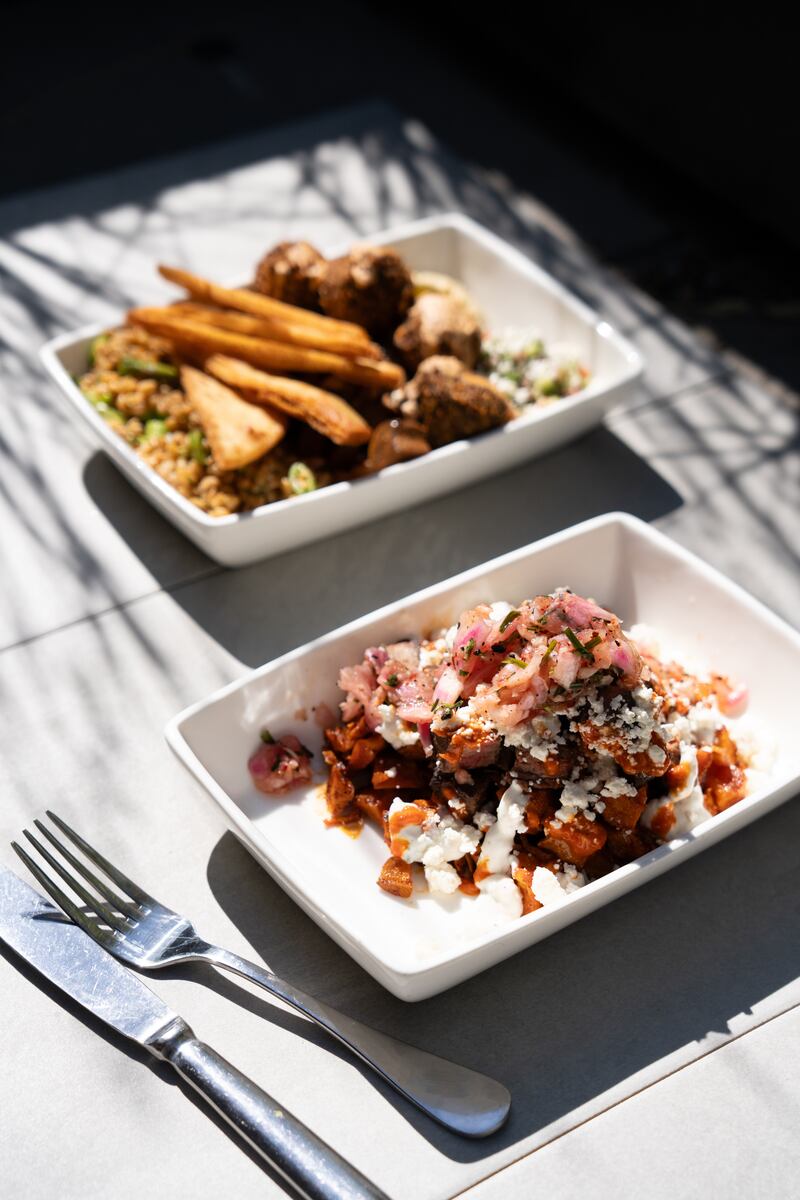
Growing pains
We opened our second restaurant in Midvale in 2019, expecting it to perform the same way our first restaurant had. Sadly, we didn’t see the same level of “built-in” business we had with the locals in Park City.
It was easy to take being so busy initially for granted. We assumed the same magic would happen in Midvale but woke up to a different reality and level of revenue. We had to find ways to introduce Vessel Kitchen to the new clientele.
Park City is such a small town; locals know about any concept that opens weeks in advance. In Salt Lake City, with so much more happening from moment to moment, we realized we were lost in the shuffle of a bigger city with more traffic and more noise. We immediately started visiting local businesses, offering samples, advertising, using social media and employing any other method we could think of to bring people in the door. We hoped that once they tried the food, they’d come back.
“Relief can quickly become pure terror when you’re much busier than anticipated, but I suppose that’s the restaurant industry at its finest — riding the lightning between ruin and reward.”
— Brian Reeder
When the Midvale restaurant opened in March of 2019, we’d already signed another lease in Sandy and were eyeing a fourth location in the 9th & 9th neighborhood in Salt Lake City. Sandy opened in January 2020, and it opened better than Midvale, but we still knew we had some work to do to get the restaurant up to the same volume as Park City.
As we saw Sandy begin to grow and Midvale come into its own, we were in the middle of construction at our next location at 9th & 9th. Between those few months, COVID-19 shut everything down. Stability was a thing of the past.
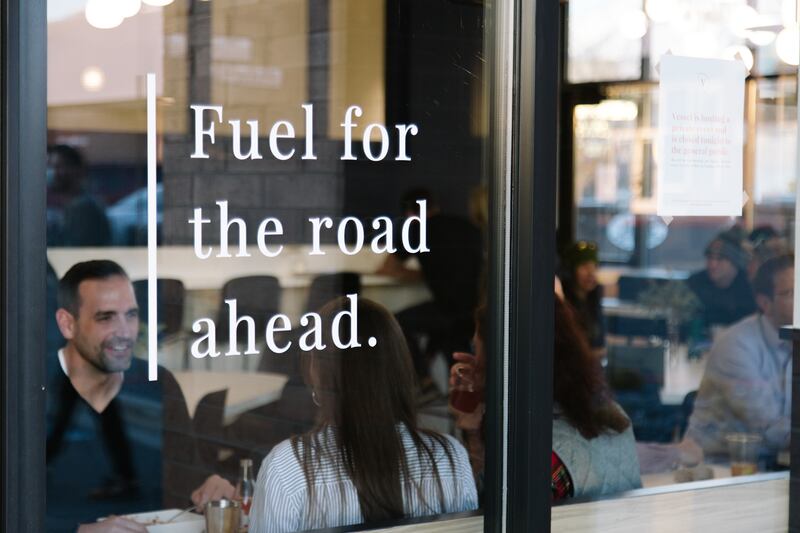
A new recipe
Like so many others, COVID was a challenge like nothing we’d ever experienced. We went from rapid growth to survival mode overnight, and we were left scrambling to sort through what was left of our options to keep the business on life support. We were fortunate to have a few things working in our favor — we had always had online ordering and takeout as main avenues for our guests, we had added delivery services the year prior, and we served food that was healthier than most.
We decided immediately that our goal was to keep the restaurants open in whatever capacity we could and keep our staff paid, which completely changed our mentality. We didn’t have time to worry or wonder. We shifted our mindset to solving the problems we faced and overcoming all the hurdles in our way. We bought burner phones to start a makeshift curbside delivery service, called in favors with suppliers, and called health departments daily for the latest guidance. Our priorities were to keep our staff and guests safe, keep the lights on and the bills paid, and ensure payroll cleared every week.
Because our 9th & 9th location was in the middle of construction when the pandemic hit, we met with our investor group — which has remained the same since we started — to discuss our options. We all agreed we didn’t want to pause and that getting across the finish line would be our best move. We could only open our big, beautiful new restaurant for curbside pickup and delivery while our shiny new dining room sat empty. It was better than nothing, so we took a deep breath and dove into unchartered waters once again.
Thankfully, our new customers helped validate our decision. We ran out of food the first few days we were open. Relief can quickly become pure terror when you’re much busier than anticipated, but I suppose that’s the restaurant industry at its finest — riding the lightning between ruin and reward. The good news? We stayed nimble and figured it out. I’m still so grateful for the support the neighborhood showed us and the patience they provided.
Before the pandemic hit, we had begun to doubt ourselves. Was our concept resonating with the wider Utah population, or had we created a one-trick pony that should have stayed in Park City? The 9th & 9th location receiving a warm outpour of support from the community provided the clarity we needed, an affirmation that what we were doing was working.
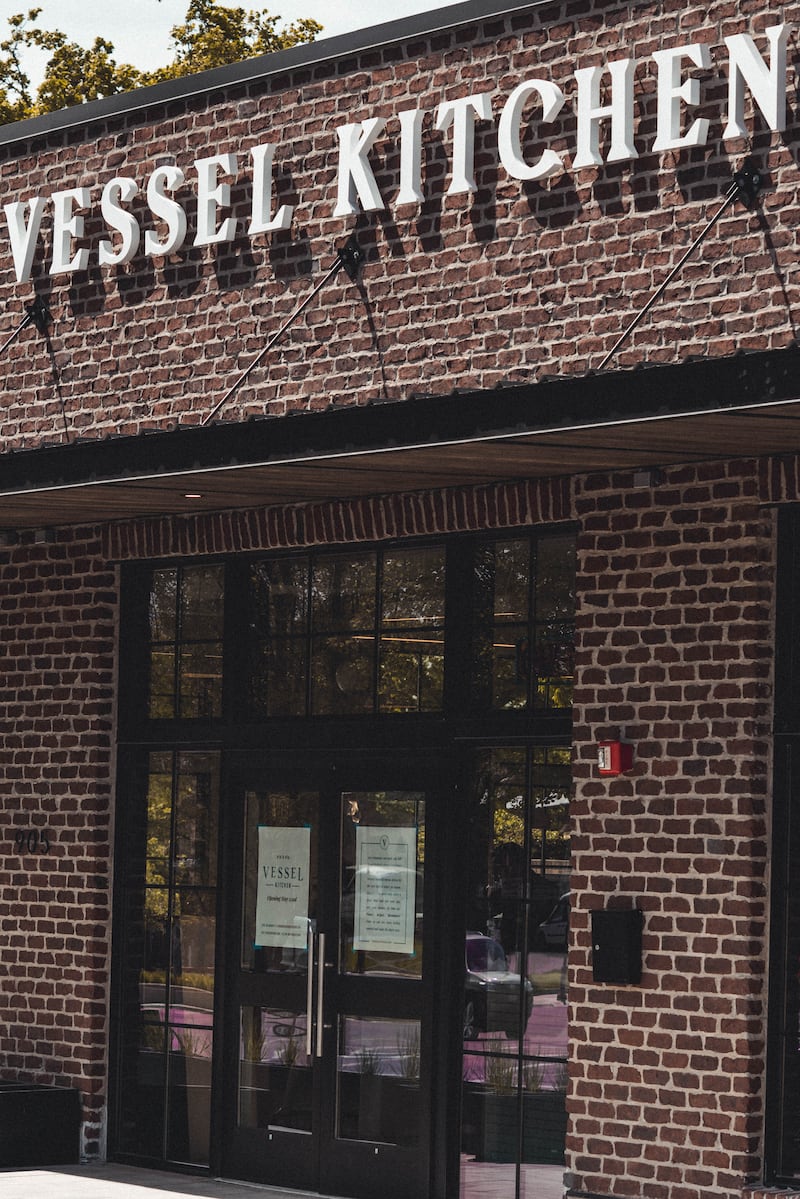
The secret sauce
The pandemic taught us to stay nimble, and that infrastructure was needed to accommodate the flexibility we wanted to maintain. We had tackled some huge challenges, and as we entered 2021, we recognized our biggest challenge with four restaurants was consistently serving food to our standard of flavor and quality.
One location served charred broccoli, while another served it undercooked and crunchy. Slight variances across 100+ recipes led to an unacceptable level of inconsistency. While one cook created our dishes by sight because they had done so 1,000 times, the next cook followed the recipe precisely by measure and weight. That variation in approach led to different products entirely, creating challenges within the brand.
Our solution was to create a commissary kitchen. With four restaurants producing and preparing raw ingredients for many recipes, it was our best way forward. Instead of buying pre-cut sweet potatoes daily, we cut them ourselves. It was a 40-hour-a-week job at each of our locations. At least 160 hours in our culinary team were dedicated solely to cutting sweet potatoes every week.
Adding a central location with additional equipment allowed for larger batches of our sauces and dressings to be made and helped with larger-scale prep for some items we made daily. We wanted quality to be our North Star — if it was made better at the individual stores, it stayed there. If it was better at our commissary, it would shift. This allows us to more easily make menu updates and put far better quality control in place for the product. This new commissary also allowed us to expand catering and open a takeout-only location attached to the commissary. Say hello to Vessel No. 5.
It took years and a lot of trial and error to figure out how to best manage that commissary, and it’s still a work in progress. The goal was to establish a foundation that would allow us to grow more consistently, making life easier as we opened new restaurants and improving the quality of work, life and products for those who worked for us.
That gave us confidence for our next step: the sky. Just kidding (kind of).
A multinational airport operator approached us to partner on Phase 2 of the Salt Lake City International Airport expansion. Nick and I presented to the airport board for a spot there. Out of over 80 local and national applicants, we were happy to be chosen. We opened in the airport the in 2023.
In the meantime, we opened a seventh restaurant in Station Park in early 2023 and an eighth location in American Fork earlier this year. Growth will continue but in a measured way. This allows us to feel confident about the food we serve and the service we deliver.
Evolving with purpose
We occasionally receive comments about menu changes. It’s surprising how passionate customers get when we remove, for example, a side of Fresno cauliflower or our miso steelhead trout from the menu. As we grow, learn and evolve, we’ve realized we need to be more measured with the changes we make — to the menu and otherwise — and take the responsibility of feeding so many folks every day very seriously. We love what we do and love creating new dishes and pursuing new ideas. Every menu item we currently have has changed at least four or five times.
Becoming better is a serious goal. We maintain that being good enough is never good enough. As a former boss told me when I was 15 years old, “You’re only as good as your last service.” We want to serve the best quality food we can, balancing price point, portion size and ingredients to deliver the greatest version of a meal we know how to offer. When someone dines with us, we want them to feel incredible as they walk out our doors — both emotionally and physically.
